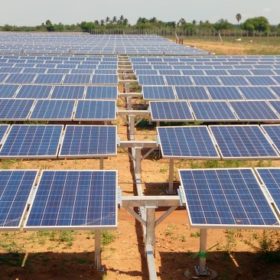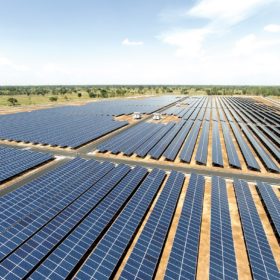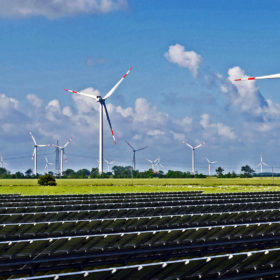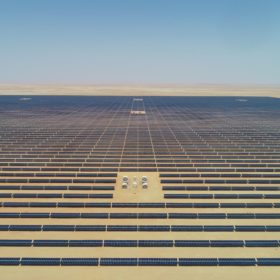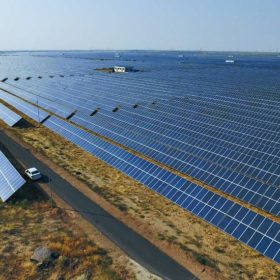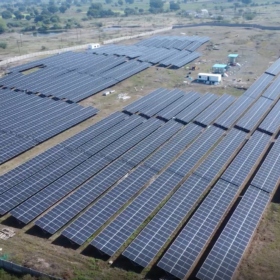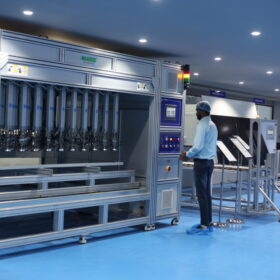CSIR-CMERI develops solar-biodiesel powered mini-grid
The renewables-powered mini-grid with 50kW peak system capacity was recently installed at the residential colony of the institute’s Center for Excellence in Farm Machinery (CoEFM) in Punjab. It uses solar trees of different capacities and biodiesel-run generators to provide uninterrupted power.
Union budget: Customs duty rise for solar inverters but modules spared
Imported solar inverters and lanterns will get costlier, as the union budget for the next fiscal year has proposed customs duty increases from 5%, for both items, to 20% and 15%, respectively. The budget, which also incentivizes Indian manufacturing of solar project components whilst giving a helping hand to raw materials, makes no mention of solar cells or panels.
Financing large scale renewables in emerging economies
pv magazine has taken part in a webinar examining the thorny issue of financing clean energy generation in developing markets.
The long read: Compressed air storage to be more than just hot air in Israel
Solar-linked projects will be developed by domestic firm Augwind and will feature underground storage tanks. One of the systems will be built by French energy giant EDF and will feature a 20 MWh compressed air storage system and 5 MW solar array.
Powering to empower rural India
Smart Power India, a subsidiary of US-based impact investor The Rockefeller Foundation, was established in India in 2015 with the aim of extending power to those without sufficient access to reliable and quality electricity. Jaideep Mukherji, CEO, Smart Power India, speaks to pv magazine about their work in India and way forward.
Tesla sharpens focus on solar
In an earnings call this week, Tesla CEO Elon Musk boldly claimed that the company will soon be “the market leader in solar.”
Solar system prices to rise – then fall – in 2021, with another record year anticipated
IHS Markit is predicting the world will add 30% more solar capacity this year.
Wind-solar-storage hybrid offers cheaper electricity than new coal
A new report establishes the feasibility of wind-solar-storage hybrid projects over new coal plants in the Indian States with high renewable energy potential. Tamil Nadu was chosen for the techno-commercial assessment.
WoodMac predicts 30% drop in Asia-Pacific front-of-meter battery costs by 2025
A new Wood Mackenzie report suggests that costs for front-of-the-meter battery storage systems in the Asia-Pacific region could fall by 30% by 2025. The declining costs are already having a palpable impact, as 2021 has opened with a slew of large-scale battery project announcements.
World could add up to 194 GW of solar this year
Falling module prices will help PV post another record year after an estimated 132 GW was installed worldwide in 2020, according to an energy transition investment trends report published by Bloomberg New Energy Finance.


